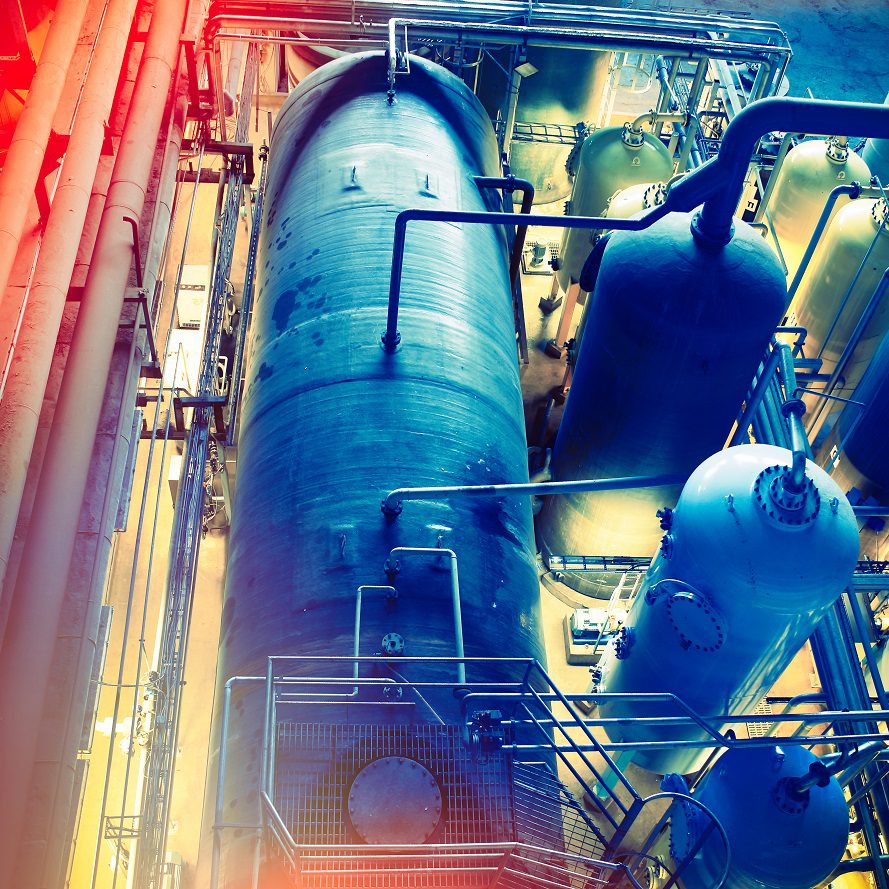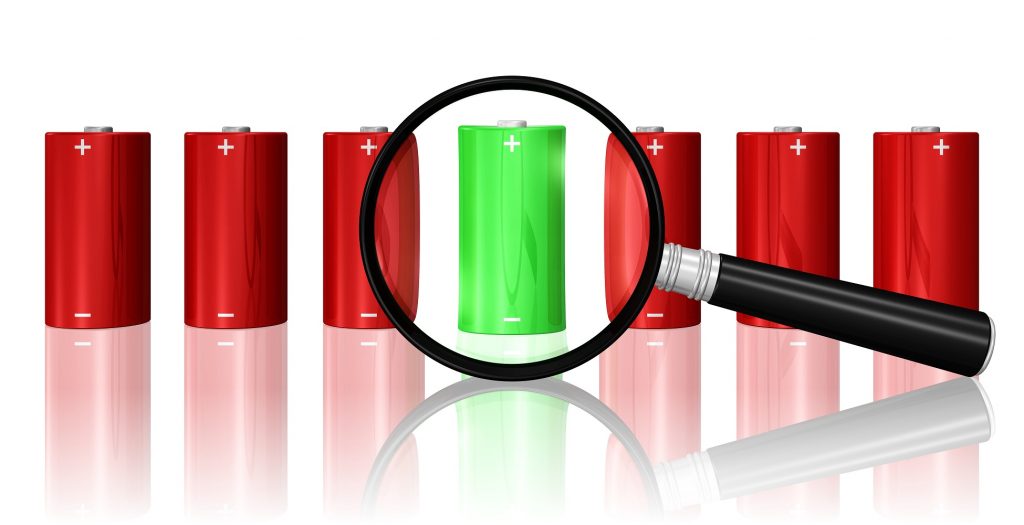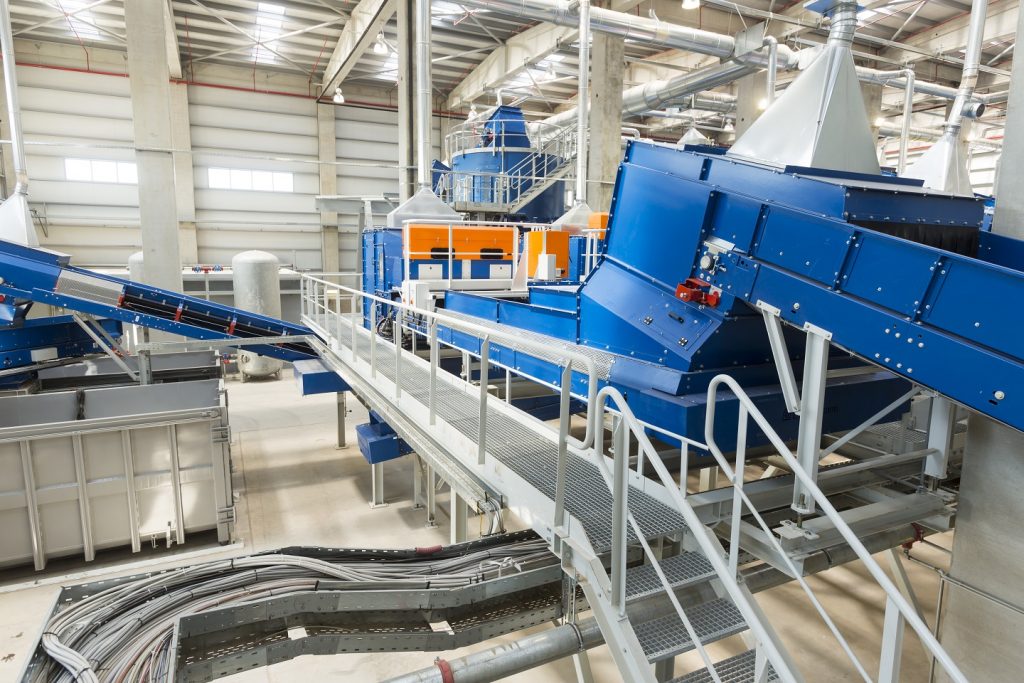
SB 14 Reporting for California Hazardous Waste Generators

Written by: Joe Mangiardi, NES, Inc.
 Depending on the amount and type of hazardous waste generated at your facility, you may be subject to SB 14 reporting requirements.
Depending on the amount and type of hazardous waste generated at your facility, you may be subject to SB 14 reporting requirements.
SB 14 Reporting Requirements
Facilities in California that generate hazardous waste above certain thresholds are subject to SB 14 reporting requirements. SB 14 is California Senate Bill 14, which is also known as the Hazardous Waste Source Reduction and Management Review Act. Originally enacted in 1989 and later amended in 2012 by SB 1018, the goal of SB 14 is to compel businesses to manage hazardous waste by focusing primarily on source reduction. This means seriously looking into ways to lessen the amount of hazardous waste produced before turning to reuse/recycle (secondary), treatment (tertiary), or disposal (quaternary) options. The California Department of Toxic Substances Control (DTSC) argues that doing so is good for business by lowering costs and is good for the environment by reducing the amount of hazardous waste produced and/or potentially released.
To accomplish this, qualifying businesses are required to prepare and keep on-site the following three documents:
- Source Reduction Evaluation Review and Plan (Plan)
- Hazardous Waste Management Performance Report (Performance Report)
- Summary Progress Report (SPR)
Note: these documents are required for generators of standard size; small businesses may complete a Compliance Checklist in place of the Plan and a Biennial Generator Report (BGR) instead of the Performance Report (see BGR applicability here). The SPR is required regardless of business size.
The Plan
The Plan is intended to break down the processes that generate hazardous waste streams to support the ultimate goal of determining source reduction options. The Plan will provide general site information, present a list of applicable waste streams, and outline and evaluate potential source reduction opportunities for each major waste stream. Generators will have to consider changing raw material input, modifying operations or processes, product formulation/ingredient alternatives, and various administrative actions such as increased/improved training, inventory changes, and employee incentive programs to help achieve proposed source reduction measures. A schedule for implementation of these source reduction options will be set, which will also include associated numerical goals. The feasibility and anticipated effects of these options must also be outlined, and the Plan must be certified by a qualified professional (either in-house or outsourced).
 Identifying source reduction options may involve figuring out what does and what does not work efficiently for your facility’s operations.
Identifying source reduction options may involve figuring out what does and what does not work efficiently for your facility’s operations.
The Performance Report
The Performance Report tracks the process of applying source reduction measures identified in the Plan and records relevant successes and failures. DTSC uses this information to assess the state of the industry to which the SB 14 documents apply. The Performance Report will also include general site information and will have to be certified.
The SPR
The SPR is an extension of the Performance Report, concisely summarizing source reduction achievements and looking forward to future efforts to minimize hazardous waste production; as such, generators will have to prepare their Plan and Performance Report prior to beginning the SPR.
SB 14 Reporting Due Date
These documents are due from qualifying facilities by September 1 every four years following the reporting year to which they pertain. The schedule runs as follows: documents for the 2014 reporting year must be prepared by September 1, 2015; documents for the 2018 reporting year must be prepared by September 1, 2019, etc. In the past the SPR was required to be submitted to DTSC, but this is no longer the case. All documents must be kept on-site and able to readily be made available upon request from agency (typically DTSC or CUPA) inspectors or the public.
Failing to comply with SB 14 reporting requirements may result in a notice of noncompliance and civil penalties of up to $1,000/day from DTSC or your local CUPA.
Confidential Information
The generator is allowed to designate some of the information contained in these documents as confidential. Pages with such information must be marked “Confidential” and must still be provided for review to agency inspectors. When an agency requests any of the SB 14 reporting documents, the generator must submit, within five days, one copy with the confidential information and one copy with those pages omitted but with notations referring to the pages that have been removed.
 Preparing SB 14 documents works best when multiple employees’ knowledge of business operations contributes to the efforts.
Preparing SB 14 documents works best when multiple employees’ knowledge of business operations contributes to the efforts.
Who is Subject to SB 14 Reporting?
Generators who routinely generate more than 12,000 kg (26,400 lb / 3,165 gal) of hazardous waste or 12 kg (26.4 lb / 3.2 gal) of extremely hazardous waste during a current reporting year (2014, 2018, 2022, etc.) are subject to SB 14 reporting requirements. Additionally, a facility that pretreats more than 3,100 gallons of hazardous aqueous wastes on-site under tiered permit authorization prior to discharge may also be subject to SB 14 reporting (DTSC SB 14 Guidance Manual, p. 18).
‘Routinely’ refers to generated waste to which the following conditions apply:
- Continually/typically performed operations
- Maintenance that occurs on a regular schedule
- Hazardous wastes treated on-site
- Hazardous wastes sent off-site to be recycled or to a treatment, storage, and disposal facility (TSDF)
Hazardous wastes generated during a non-reporting year or from non-routine operations such as on-site demolition or an accidental release do not apply when calculating waste generation numbers.
NOTE: Actual weight-to-volume conversions and measurements may differ from the above DTSC threshold numbers (i.e., may vary from waste stream to waste stream); regardless, it is these numbers that are to be considered for SB 14 reporting.
Exempted Waste Streams
SB 14 does not apply to exempted waste streams. Examples of exempted waste streams are:
- Asbestos
- Lead-acid batteries
- Universal waste (manage according to applicable regulations)
- Motor vehicle fluids (note: fluids from stationary machines/equipment are not exempted)
- Emergency response waste
- Waste pesticides
- PCBs
For the full list, see Title 22 California Code of Regulations (CCR) §67100.2. There are also certain recyclable materials that are excluded from classification as a waste per Health & Safety Code (HSC) §25143.2. Further exclusions for hazardous wastes or residuals derived from wastes brought from off-site sources, such as oil/solvent recyclers, may also apply.
Applicability Calculations
Determining applicability involves taking inventory of all RCRA and non-RCRA wastes stored on-site and focusing on the point of generation of hazardous waste streams. A review of hazardous waste manifest and shipping records and an inspection of storage areas are often necessary. Facilities will have to list all hazardous wastes generated in the current reporting year, including each waste’s California Hazardous Waste Code (CWC). This will include any liquid or solid hazardous wastes treated on-site and wastes sent off-site to a TSDF or to be recycled. All waste amounts must be calculated prior to treatment or recycling (if your facility treats any of its hazardous waste on-site for discharge to the sewer, do not to count this secondary waste stream twice).
 Fulfilling SB 14 reporting requirements necessitates an in-depth understanding of facility operations and generated waste streams.
Fulfilling SB 14 reporting requirements necessitates an in-depth understanding of facility operations and generated waste streams.
Definition of ‘Site’
The term ‘site’ for SB 14 reporting purposes refers to where operations that generate hazardous waste take place. For cases in which two or more operations/facilities are contiguous and owned by the same person/generator, those operations are considered to be one site. Two or more non-contiguous locations owned by the same person are considered to be two sites; however, if the processes, operations, and waste streams at these sites are similar, then the generator may prepare a multi-site Plan, Performance Report, and SPR.
SB 14 Reporting: Conclusion
SB 14 was enacted as an effort to find the best means of reducing hazardous waste-related pollution. As such, even if your facility is not subject to SB 14 requirements, the appeal of reducing waste and the associated cost savings benefits might compel you to consider at least preparing a Source Reduction Evaluation Review and Plan.
NES has been providing environmental compliance consulting and training on behalf of various private and public organizations for the past 30 years. If you require assistance preparing your SB 14 documents, please contact us at 916-353-2360 / 800-637-2384 or office@nesglobal.net.
References:
DTSC SB 14 Compliance Presentation: Pollution Prevention and Hazardous Waste Source Reduction and Management Review Act (SB 14)
Biennial Report Applicability: 22 CCR §66262.41
DTSC SB 14 Plan Preparation Presentation: Source Reduction Evaluation Review and Plan (Plan)
DTSC SB 14 Performance Report Preparation Presentation: Hazardous Waste Management Performance Report
DTSC SB 14 SPR Preparation Presentation: Summary Progress Report (SPR)
Universal Waste Management Regulations: 22 CCR §66273.1
HSC Recyclable Waste Special Exclusions: §25143.2
Applicability for SB 14 Exempted Hazardous Waste Streams: 22 CCR §67100.2
